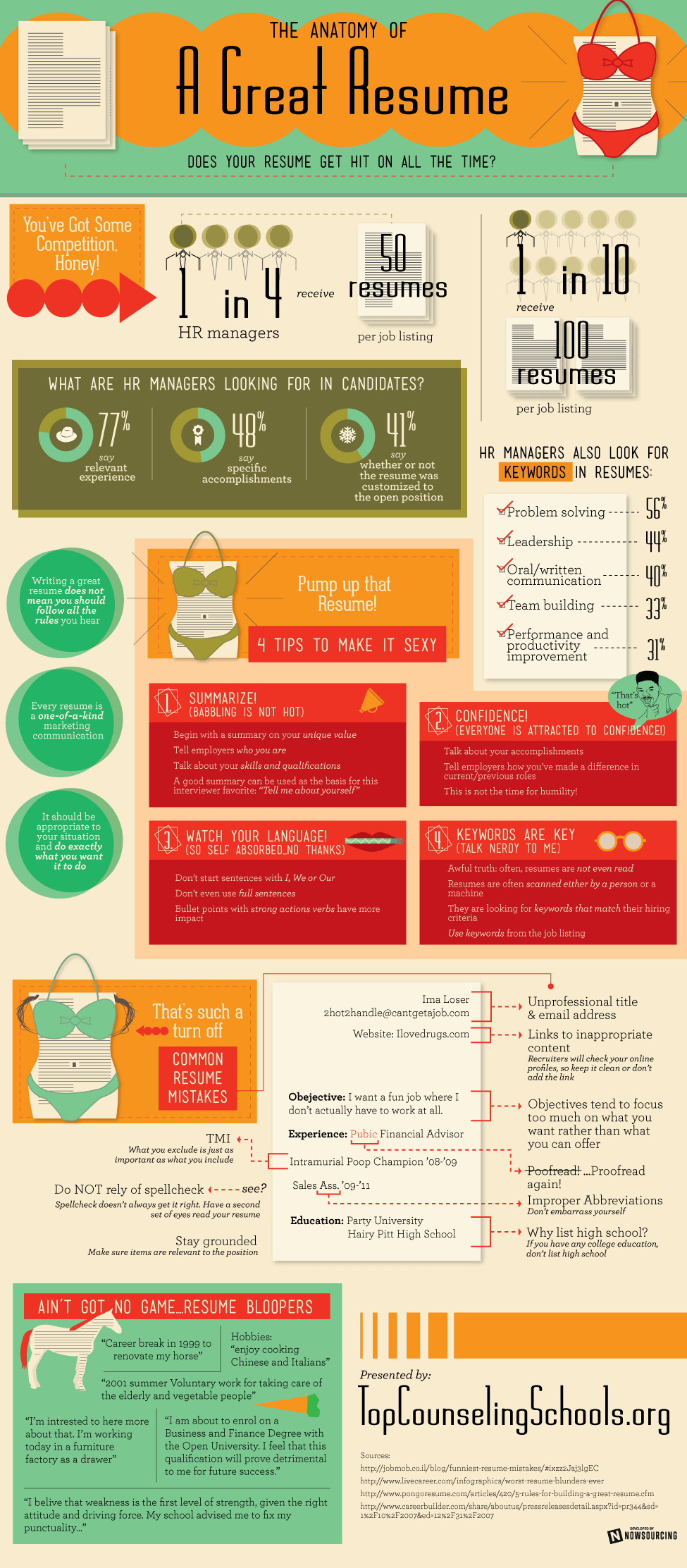CV is the customary abbreviation of curriculum vitae, which is Latin for “course of life.” It’s similar to a resume, and in many parts of the world it is the standard document that you submit when applying for a job. However, many job seekers in Canada or the United States have never even heard of it.
What’s the difference between a resume and a CV?
The terms can sometimes be used interchangeably. A vast majority of the jobs out there only ask for your contact info, college degrees, work history, skills and strengths, awards and certifications, etc. This basic information is what you need to apply for any position, anywhere; and you call it a “resume” or a “CV” depending on the country and the culture you’re in.
But generally speaking, there are a few key differences between the two.
A resume is usually shorter and more concise (one page, front and back). Do not include unnecessary personal information, like your age, or a picture, and do not include any work experience or other information that isn’t relevant to the position you are applying for. A prospective employer will usually spend less than a minute skimming through this document, so you want to summarize everything as briefly as possible.
A CV, on the other hand, is longer and more thorough (two pages or more, depending on the position). You can include more personal information, and may even write a personal statement that shows who you are and why you are the right person for the job. You should elaborate on your academic achievements, as well as your work history and professional accolades. Play up your strengths. Be sure to include all of your work history and accomplishments, whether or not they are relevant to the job at hand. The CV should be an overview of your entire career and education. As such, it usually doesn’t need to be changed much from one application to another, except possibly to emphasize different skill sets.
There are also minor differences in format. A CV is often organized chronologically, starting with secondary school, then on to college; and from your first part-time summer job, all the way up to your most recent position. A resume, however, is written in reverse order – you start with your most recent job and degree, and work backward from there. When writing a resume, there is generally more flexibility in format and presentation.
When should you submit a resume as opposed to a CV, and vice versa?
If you are applying for international work, then fill out a CV – and be sure to include the necessary passport and visa information. Also use a CV when sending unsolicited applications. It’s customary to submit a CV when applying for academic or research positions, which demand more education and background. In that case, you’ll want to include any books, papers or articles that you’ve published, any teaching and/or research experience, etc. If you are applying for work in the US or Canada, send a resume; a CV might seem odd, and off-putting.
Whether you are writing a resume or a CV, one thing remains the same: the first impression counts. So be sure to make it well organized and easy to read. Be professional, but let your individuality shine through enough to distinguish you from other applicants. Most importantly, pay attention to spelling and grammar. These simple, little mistakes will quickly get your application forwarded – to the waste basket.
—–
For some of the basics on creating a job-winning resume, check out this infographic from TopCounselingSchools.org



